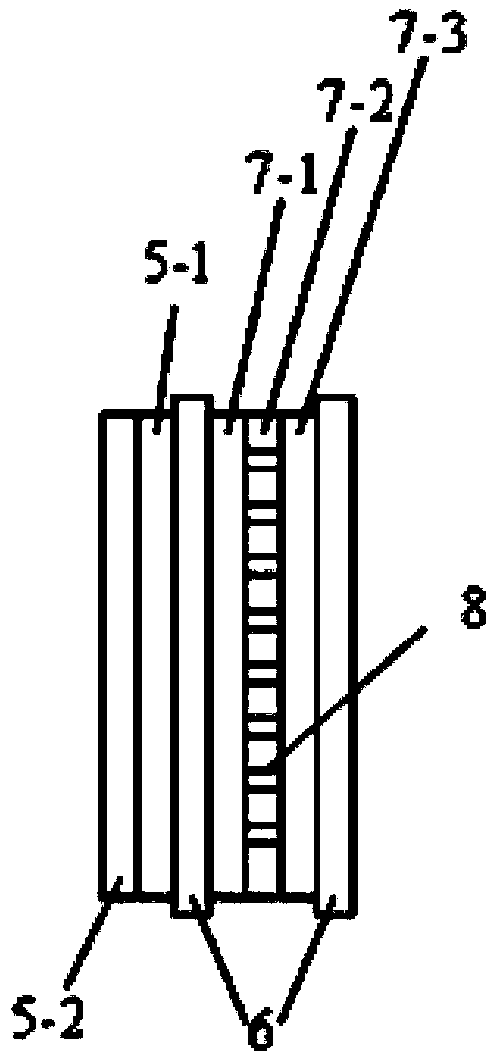Method for manufacturing lithium-sulfur battery
A lithium-sulfur battery and a manufacturing method technology, which are applied in the manufacture of electrolyte batteries, battery electrodes, and final product manufacturing, etc., can solve the problems of easy cracking and powdering of alloys, poor mechanical stability of electrodes, and unfavorable high-rate performance of batteries. , to achieve good conductivity, reduce electrode polarization, and improve electrochemical kinetic performance.
- Summary
- Abstract
- Description
- Claims
- Application Information
AI Technical Summary
Problems solved by technology
Method used
Image
Examples
Embodiment 1
[0037] Example 1: Preparation of carbon-clad aluminum composite material precursor
[0038] Dissolve 2 g of glucose in 100 mL of deionized water, stir and dissolve, and then introduce it into a reactor with a total capacity of 150 mL. Then add 10 g of spherical aluminum powder with a purity of 99.99% and a particle size of 1 to 5 microns, and seal the reaction kettle after adding magnets. The reaction kettle was placed in an oil bath at 180° C., and the reaction kettle was taken out after 2 hours of magnetic stirring. After the reaction kettle is cooled to room temperature, open the reaction kettle and take out the filtered product. The product is in the form of brown or black solid powder, which is separated by centrifugation and washed with water and ethanol three times in the process of "centrifugation, washing and redispersion". The carbon-clad aluminum composite material precursor was obtained after vacuum drying at 40°C.
Embodiment 2
[0039] Example 2: Precursor carbonization
[0040] The carbon-clad aluminum composite material precursor obtained in Example 1 was heated to 800 °C under the protection of a nitrogen atmosphere, and carbonized at a constant temperature for 5 hours to obtain a carbon-clad aluminum composite material.
Embodiment 3
[0041] Example 3: Preparation of Negative Electrode Material
[0042] The carbon-coated aluminum composite material obtained in Example 2 was treated with potassium hydroxide solution (concentration: 30 wt%) for 10 minutes, and the ratio of the mass of the sample powder to the volume of the treatment solution was 10 g: 500 mL. After filtration at room temperature, washing with deionized water, and vacuum drying at 40° C. for 12 hours, a carbon-coated aluminum negative electrode material with high specific surface area and high activity was obtained.
PUM
| Property | Measurement | Unit |
|---|---|---|
| particle diameter | aaaaa | aaaaa |
Abstract
Description
Claims
Application Information
 Login to View More
Login to View More - R&D
- Intellectual Property
- Life Sciences
- Materials
- Tech Scout
- Unparalleled Data Quality
- Higher Quality Content
- 60% Fewer Hallucinations
Browse by: Latest US Patents, China's latest patents, Technical Efficacy Thesaurus, Application Domain, Technology Topic, Popular Technical Reports.
© 2025 PatSnap. All rights reserved.Legal|Privacy policy|Modern Slavery Act Transparency Statement|Sitemap|About US| Contact US: help@patsnap.com


